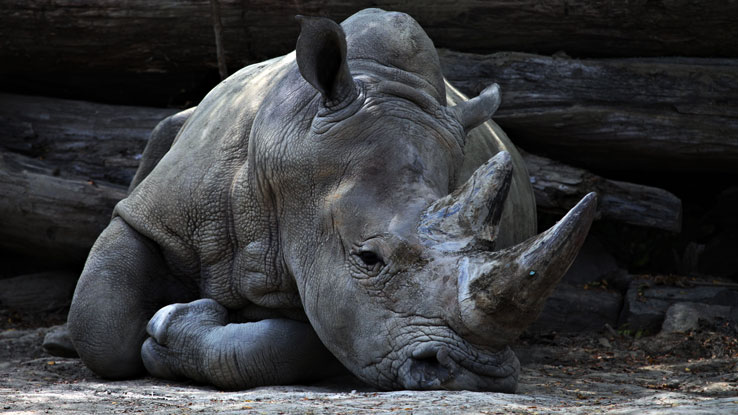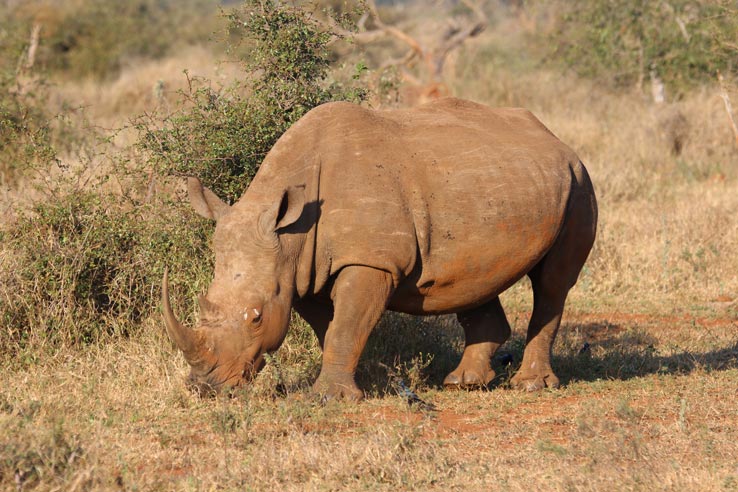Conservation – Help Save the Rhinos
Did you know that there are less than 80 Sumatran rhinos living in Indonesia? These animals can weigh up to 1,000kg and are classified as critically endangered, almost reaching extinction.
In Indonesia, there is only a population of Javan rhino left, while species from Vietnam have, sadly, already become extinct.
Currently, there are 5 different species of the rhinoceros – the Sumatran rhino, the Javan rhino, the Black rhino, the Greater One-horned rhino and the White rhino. To conserve these large mammals, Ujung Kulon National Park, located south west of the Java island, has been appointed as an area of conservation.

Three Main Threats for the Rhinos
Poaching
Poaching was the deadliest threat to rhinos, as poachers were persistently seeking them for their horns. Hundreds of rhinoceros were killed every year. Black rhinos, especially, were poached for their two horns so they could be illegally traded. However, since the 1990s, this has stopped. To conserve the rhinos, law enforcement has successfully discontinued illegal poaching.
Low breeding rate
Unfortunately, there has been no significant increase in the number of rhinoceros in the past few years. A large population in a small area has also contributed to rhinos’ low breeding rate. This could eventually affect their ability to survive natural catastrophes, or any disease outburst that may occur.

Habitat loss
Human population keeps on increasing and is demanding land from the rhinos, posing a huge threat. Forests are cleared, taking away their last remaining natural habitat. The Ujung Kulon National Park has also reached its limit, carrying more than their actual capacity. This means other areas should consider conserving the rhinoceros.
As a commitment to conserve the wildlife, Bali Safari Park is home to over a hundred wild species where their well-being is ensured. Stay at the Mara River Safari Lodge and observe different animals within close range.




